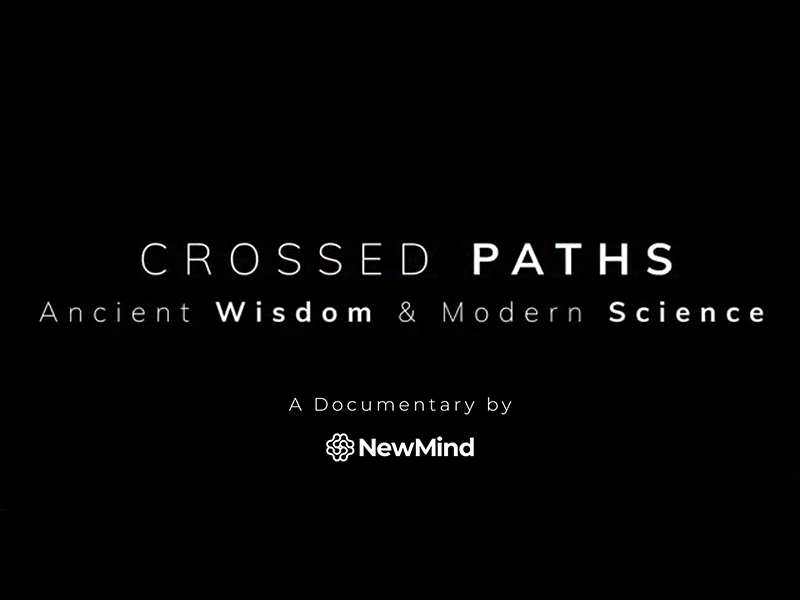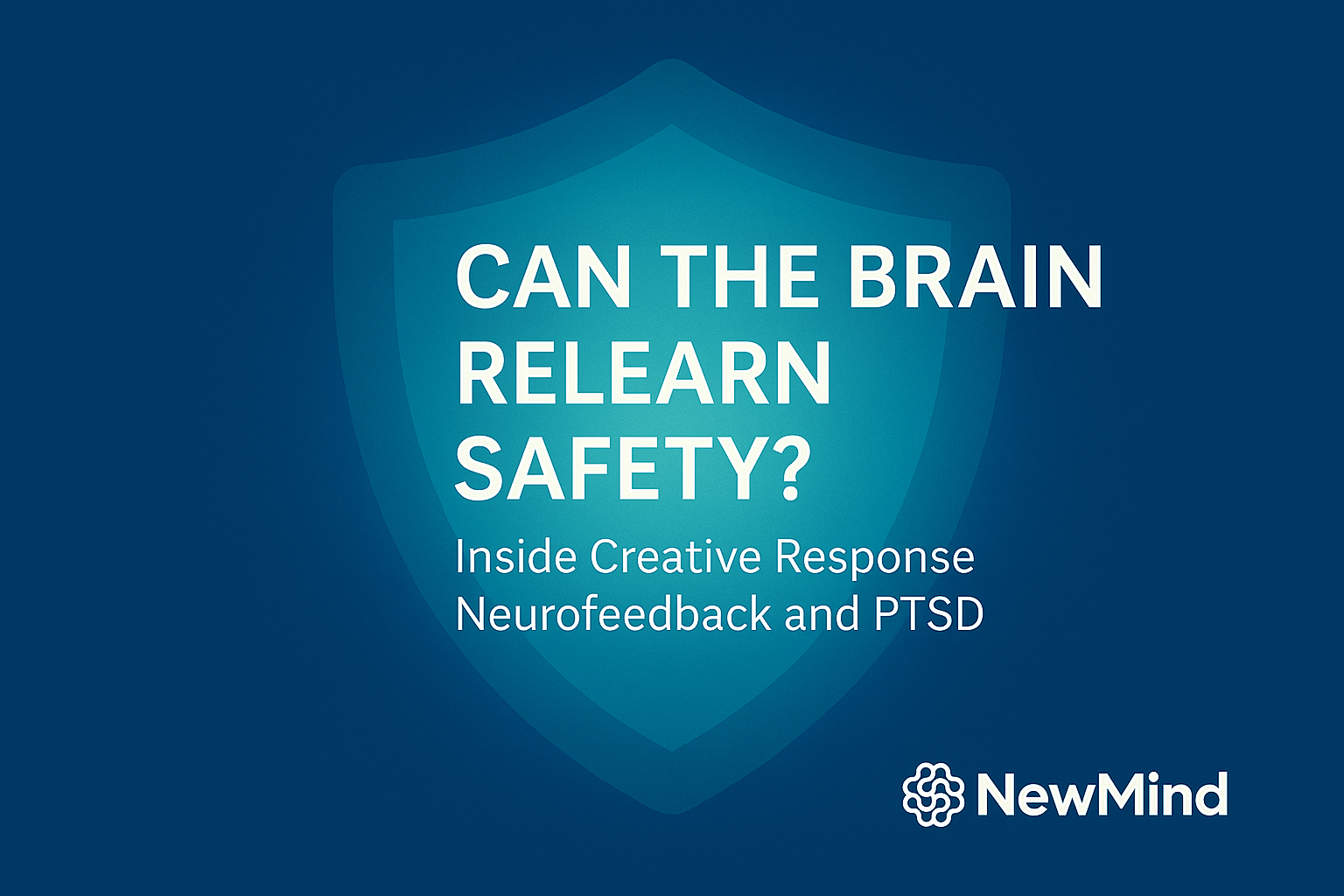Ayahuasca & Neurofeedback: A Synergistic Combination for Personal Transformation

There is a lot of excitement around psychedelics these days, and clinics are popping up across the country and abroad in response to that interest. Documentaries such as How to Change Your Mind by Michael Pollan on Netflix, which explores how mushrooms containing psilocybin can provide extraordinary and insightful experiences, have been raising public awareness. They showcase the benefits that can come from guided psychedelic experiences as well as psychedelic therapy. Reports of personal healing arising from these life-changing experiences and the deep insights that psychedelics bring can be found across the media. For well over a decade, people have traveled to places like Peru, Mexico, Brazil, and Costa Rica to experience these substances in the cultural contexts from which they originated. These retreats report visitors of all ages and backgrounds, including doctors, nurses, executives, lawyers, farmers, schoolteachers, and programmers.
Many seek an adventure or a novel way to rest, rejuvenate, and recover from stress. Others are disillusioned with their culture and want to make more sense of their lives. These individuals often find surprising solace in the psychedelic experience and feel compelled to share their stories with friends through social media. Some seek healing from anxiety, depression, or pain. Research from Johns Hopkins University has found that psychedelics can reduce symptoms of depression for up to a year, showing promising long-term benefits (Johns Hopkins Medicine, 2024).
Challenges with Psychedelic Use and the Role of Integration
One challenge researchers have identified with psychedelics is that for most people, the benefits begin to fade after a few months, leading them to seek another experience to renew the effects. Some find themselves in a cycle of repeated use to maintain the benefits, only to become discouraged and discontinue psychedelics altogether. Side effects may also play a role in this decision. Up to two-thirds of people who use psychedelics report negative experiences, which can impact them for up to a year or longer in extreme cases. Many of these negative experiences are avoidable or easily resolved with proper guidance, but professional support is not always available. After a retreat, participants are often left to navigate their experiences alone. This is where life coaching, counseling, and neurofeedback can play a role, depending on the severity of the issues.
As psychiatric research continues to investigate psychedelics, the psychology community has begun exploring their use alongside therapy. The Multidisciplinary Association for Psychedelic Studies (MAPS) has been at the forefront of researching how psychedelic-assisted therapy can help integrate these experiences safely and effectively (MAPS, 2024). The results so far are encouraging, and training in this specialty is growing within the counseling profession. Psychologists and counselors certified in this area can guide individuals through the experience within their cultural context, often leading to better outcomes. These experts help clients work through impasses and difficulties, particularly when past trauma unexpectedly surfaces, using their years of training to provide support. Perhaps equally important, they assist clients in maintaining and further developing the benefits of the psychedelic experience. This is not to diminish ancient shamanistic traditions—many clinicians engaged in this type of therapy have personal experience with shamans and have studied those traditions extensively.
Ayahuasca, Brain Research, and Neurofeedback
Quantitative EEG (QEEG) is a technique used in neurofeedback to map brainwave activity and assess changes in neurological function. QEEG can reveal changes in the brain before and after psychedelic use, indicating whether the brain is moving toward or away from a more balanced state. Recent research on Ayahuasca’s impact on brain activity has shown that it tends to promote long-term positive neurological changes (Scientific Reports, 2019).
NewMind has been funding exploratory research in this area, using its QEEG database and assessments (NewMind Research). Luke Jensen has been using this database to examine Ayahuasca in its natural setting—rather than a laboratory or clinical environment—within traditional Peruvian ceremonies. He has created pre- and post-experience QEEG maps of individuals participating in these ceremonies. Ayahuasca, a form of plant medicine used by Peruvian brujos (shamans), is also utilized by brujos in Brazil, Colombia, and Ecuador. The active psychedelic in Ayahuasca is DMT (dimethyltryptamine), which is derived by combining certain plants commonly found in the Amazon. Jensen has published a collective case study in the NewMind Journal, showing that Ayahuasca tends to normalize brain function (Jensen, 2024). This aligns with findings from a recent international study on Ayahuasca’s impact on well-being (Perkins et al., 2024), which concluded that the substance generally improves overall well-being.
Neurofeedback practitioners can also use neurofeedback to train an individual’s brain toward a more functional or statistically normal state. The American Psychological Association (APA) has highlighted the effectiveness of neurofeedback in regulating brainwave activity to improve mental health outcomes (APA, 2016). Alpha-theta training, a specific neurofeedback technique, has the potential to sustain and extend the benefits of psychedelics. Research shows that when used properly, it can help integrate trauma and improve cognitive and emotional functioning (NewMind Neurofeedback Services).
NewMind’s Exploration of Ayahuasca in a New Documentary
The growing interest in psychedelics and neurofeedback has led to deeper exploration into how these two fields intersect. While scientific research continues to shed light on their combined potential, firsthand accounts provide an even more compelling perspective. To explore this connection further, NewMind has produced Crossed Paths: Ancient Medicine and Modern Wisdom, a new documentary that takes viewers inside the world of traditional Ayahuasca ceremonies and their impact on the brain.
This film follows individuals who have participated in Ayahuasca retreats, offering a rare glimpse into their experiences and the physiological and psychological shifts they undergo. Guided by both indigenous shamans and neurofeedback experts, the documentary presents a balanced view of ancient wisdom and modern neuroscience. It captures the transformative potential of Ayahuasca while illustrating how neurofeedback can help integrate these profound experiences for lasting change. Through stunning visuals and thoughtful storytelling, Crossed Paths highlights the real-world application of these practices in a way that is both informative and deeply moving.
For those interested in understanding Ayahuasca beyond the scientific literature, Crossed Paths provides a unique opportunity to witness its effects firsthand. Watch the full documentary now on NewMind’s landing page and explore how these ancient traditions are meeting modern technology to reshape personal transformation.
Watch the Full Documentary
Ayahuasca and neurofeedback represent two distinct yet complementary approaches to self-discovery and healing. By bringing these disciplines together, we gain a deeper understanding of how ancient traditions and modern neuroscience can work in tandem to support lasting transformation. Crossed Paths: Ancient Medicine and Modern Wisdom offers an inside look at this intersection, featuring real experiences, expert insights, and the latest research.
To explore this connection further, watch the full documentary now on the NewMind Documentary Experience hub.
Works Cited
-
Davis, A.K., Barrett, F.S., May, D.G., et al. (2021). Effects of Psilocybin-Assisted Therapy on Major Depressive Disorder: A Randomized Clinical Trial. JAMA Psychiatry, 78(5), 481–489. https://jamanetwork.com/journals/jamapsychiatry/fullarticle/2772630
-
Perkins, D., Sarris, J., Cowley-Court, T., Aicher, H., Tófoli, L.F., Bouso, J.C., & Schubert, V. (2024). Associations Between Ayahuasca Use in Naturalistic Settings and Mental Health and Wellbeing Outcomes: Analysis of a Large Global Dataset. Journal of Psychoactive Drugs, 1–12. https://doi.org/10.1080/02791072.2024.2424288
-
Jenson, L. (2024). The Effects of The Ayahuasca Ceremony on Participants as Measured by qEEG and The Cognitive Emotional Checklist. NewMind Journal.The Effects Of The Ayahuasca Ceremony On Participants As Measured By qEEG And The Cognitive Emotional Checklist – New Mind Journal
-
Johns Hopkins Medicine. (2022). Psilocybin Treatment for Major Depression Effective for Up to a Year. Retrieved from: https://www.hopkinsmedicine.org/news/newsroom/news-releases/2022/02/psilocybin-treatment-for-major-depression-effective-for-up-to-a-year-for-most-patients-study-shows
-
MAPS (Multidisciplinary Association for Psychedelic Studies). (2024). Research on Psychedelic-Assisted Therapy. Retrieved from: https://maps.org/research/
-
Scientific Reports. (2019). Ayahuasca’s Impact on Brain Activity and Mental Health. Retrieved from: https://www.nature.com/articles/s41598-020-61169-x
-
American Psychological Association (APA). (2016). Positive Feedback: How Neurofeedback Offers Hope for Patients with Anxiety, Depression, and Other Mental Health Issues. Retrieved from: https://www.apa.org/monitor/2016/03/cover-feedback

Dr. Richard Soutar
Dr. Richard Soutar is a pioneer in the field of neurofeedback, with over 25 years of experience in research, clinical practice, and education. He has published five books on neurofeedback and has lectured and conducted workshops across the U.S. and Europe. In addition to owning and operating multiple neurofeedback clinics, he has served as President of the Neurofeedback Division of the AAPB. Currently, he is the co-owner and Director of Research & Development at NewMind Technologies, which operates one of the world’s largest qEEG databases. NewMind provides cutting-edge neurofeedback equipment, software, and training to make neurofeedback more accessible to clinicians worldwide.



